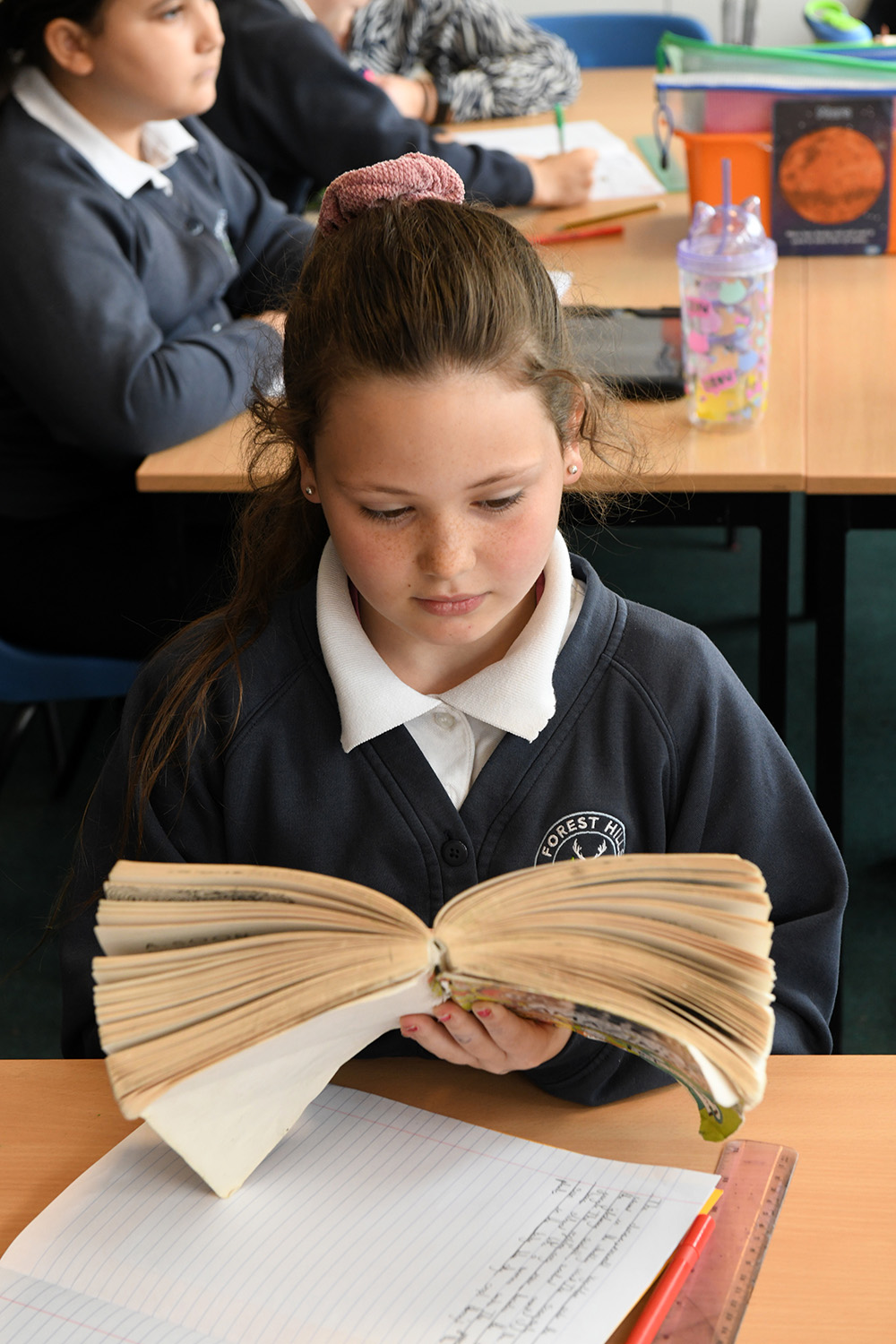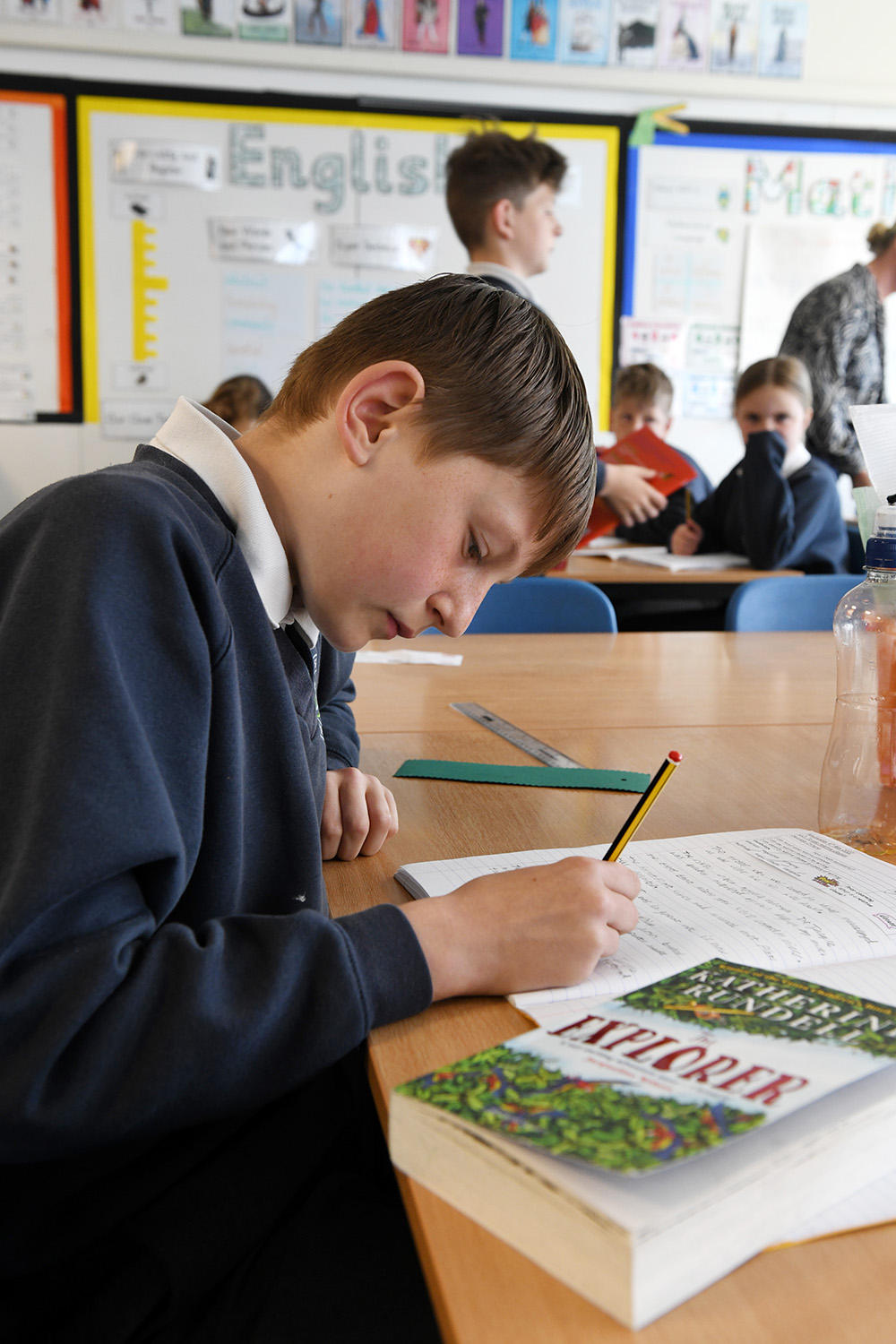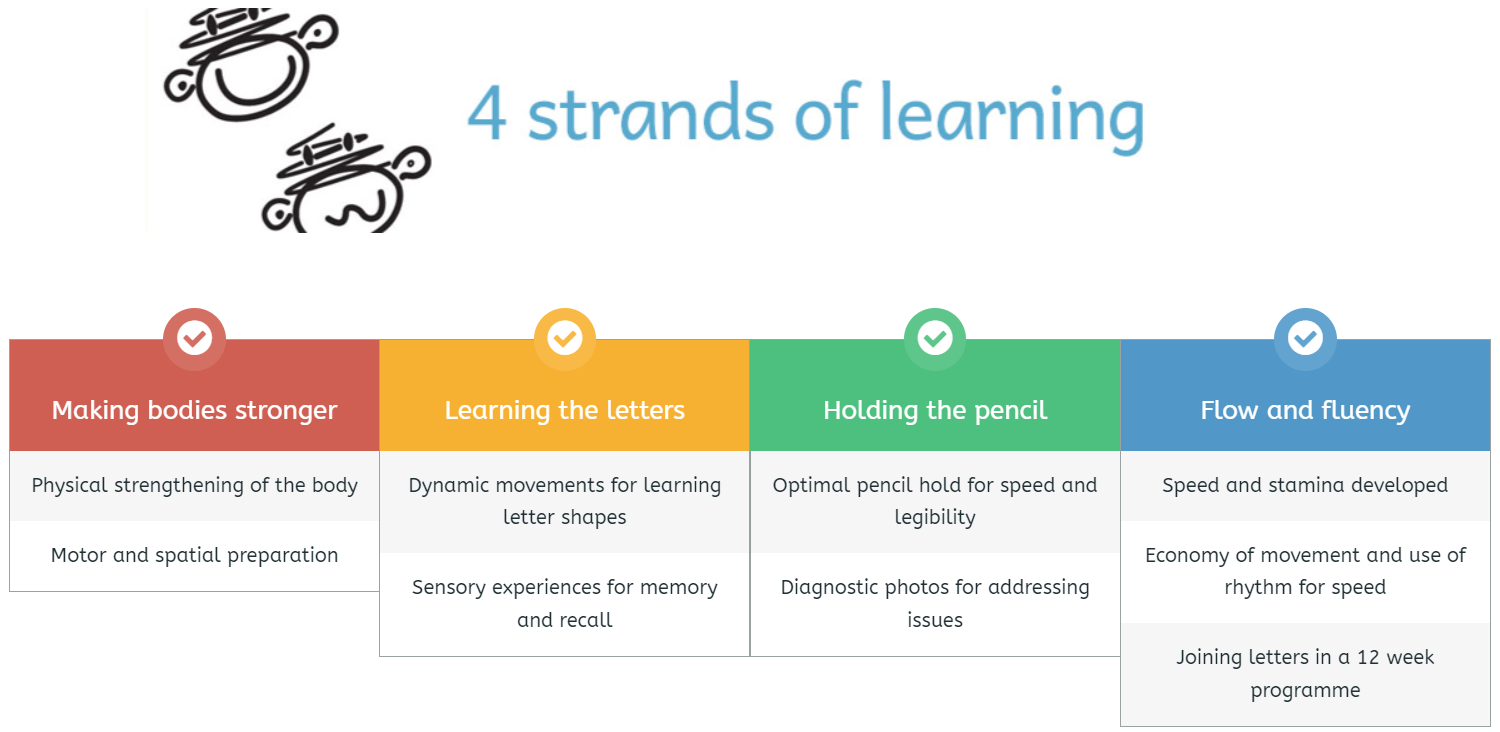English

Reading
Across school, all children have a daily reading session. In Early Years and Key Stage One, this is a daily phonics session.
The systematic synthetic phonics programme we use in school is called Little Wandle Revised Letters and Sounds.
Little Wandle Revised Letters and Sounds is taught whole class to ensure children have the opportunity to develop a deep understanding of phonics and are able to apply this to their reading and spelling.
We use a range of reading material across the school to provide our children with the skills they need to become fluent readers. We use Little Wandle Big Cat Phonics books for our earlier readers and once able to decode, books are drawn from a number of schemes which are ability banded and ‘free reading’ materials are available for our most confident readers. These are the books children take home to enjoy reading with their family or independently.
At Forest Hills Primary School, we also draw upon a wider range of texts to promote a love of reading, which we believe is fundamental to our children’s future success.
LITTLE WANDLE LETTERS AND SOUNDS
Whilst here at Forest Hills, our children’s reading journey commences through Little Wandle Letters and Sounds. We start this journey in Nursery, where children start to explore intial sounds. In Reception, children start the programme and we aim for children to complete phonics by the end of Year 1.
Supporting your child with reading
Although your child will be taught to read at school, you can have a huge impact on their reading journey by continuing their practice at home.
Your child will bring their reading practice book home to read with you, this will be at the correct phonic stage for your child.
Writing
At Forest Hills Primary School, we believe that it is essential that all our children learn to master the basic skills of both reading and writing, which are vital for their future education and life opportunities.
We teach writing using an approach called Talk for Writing, which not only supports our learners to become more confident writers, it also teaches the relationship between reading and writing.
Talk for Writing, which was developed by Pie Corbett, is powerful because it is based on the key principles of how children learn. It enables children to imitate the language they need for a particular topic orally, before reading and analysing it, and then writing their own version of a text. Talk for Writing is a rigorous approach to developing confident writers.
At Forest Hills Primary School, we use Talk for Writing to support our text based approach to the English curriculum. A wide range of genres are covered throughout the year, including fiction and non-fiction, and where possible we embrace opportunities for cross curricular writing and writing for a wider audience, whether that is for staff in school, our parents or the local MP.
Our aim is for children to see themselves as writers and communicators, as such they are taught to draft, proof-read and edit, and this is embedded in our writing cycle.

Handwriting – Kinetic Letters
Handwriting is a physical activity that involves movement and recognition skills that need to be learnt and become part of the automatic cognitive skill set of the pupil. To achieve this, we have implemented the Kinetic Letters Handwriting Programme.
Handwriting is of fundamental importance to educating our pupils because pupils who do not learn to read and write fluently and confidently are, in every sense, disenfranchised. The mastery of automaticity in handwriting is therefore one of the key priorities of the School.
Reading and writing are reciprocal processes; strengthening handwriting skills will support reading and writing development.

The key principles of the programme are:
- Building physical strength underpins handwriting and concentration. This knowledge informs the working positions that children use for writing and the strengthening targets they work on.
- Pupils are not expected to do anything before they are developmentally ready for it.
- The different components of writing are mastered individually before being used in combination.
- Letters are learnt as movements, not as visual shapes, and movement remains central to developing automaticity in letter formation, flow and fluency.
- Posture is important in developing the correct position for handwriting and so children are taught how to organise their working position and paper position to enable comfortable and fluent writing from the start.
- Correct pencil hold is taught from the start (ie as soon as a tri-pod grip is developmentally appropriate).
Click here for more information and videos about how to support your child with their handwriting.
